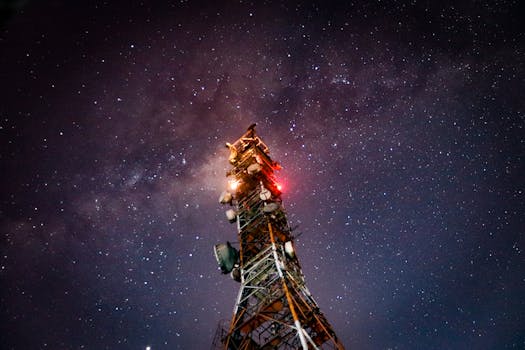
The Future of Satellites: Revolutionizing Global Connectivity
The future of satellites is expected to bring about a significant transformation in the way we communicate and access information, with advancements in space technology and the increasing demand for global connectivity. The use of satellites has become an essential part of our daily lives, from navigation and communication to weather forecasting and remote sensing. As we look to the future, it is clear that satellites will play an even more critical role in shaping our world.
Advancements in Space Technology
One of the key drivers of the future of satellites is the rapid advancement in space technology. With the development of new materials, propulsion systems, and communication technologies, satellites are becoming more powerful, efficient, and cost-effective. For example, the use of electric propulsion systems is allowing satellites to stay in orbit for longer periods, reducing the need for costly and complex launch missions. Additionally, the development of advanced antenna technologies is enabling satellites to transmit and receive data at faster rates, supporting the growing demand for high-speed internet and other data-intensive applications.
Increasing Demand for Global Connectivity
The increasing demand for global connectivity is another key factor driving the future of satellites. As more people around the world gain access to the internet and other digital technologies, the need for reliable and high-speed connectivity is growing. Satellites are well-positioned to meet this demand, providing coverage to remote and underserved areas where traditional communication infrastructure is lacking. Furthermore, satellites are playing a critical role in supporting the growth of the Internet of Things (IoT), enabling the connection of devices and sensors in a wide range of industries, from agriculture to transportation.
Emerging Trends and Applications
As the future of satellites continues to unfold, several emerging trends and applications are expected to have a significant impact on the industry. One of the most promising trends is the development of satellite constellations, which involve the deployment of large numbers of small satellites in low Earth orbit. These constellations are expected to provide global coverage, supporting a wide range of applications, from communication and navigation to Earth observation and remote sensing. Another emerging trend is the use of satellites for space-based solar power, which involves the collection of solar energy in orbit and beaming it back to Earth as a clean and sustainable source of energy.
Challenges and Opportunities
While the future of satellites holds much promise, there are also several challenges and opportunities that must be addressed. One of the key challenges is the growing issue of space debris, which poses a significant threat to the safety and sustainability of satellite operations. To address this challenge, there is a need for more effective debris removal and mitigation strategies, as well as greater international cooperation and regulation. Another challenge is the need for more sustainable and environmentally-friendly satellite technologies, which can minimize the environmental impact of satellite launches and operations.



